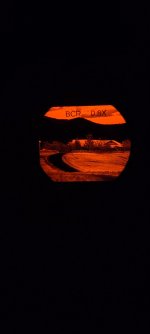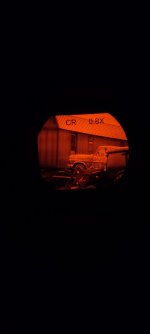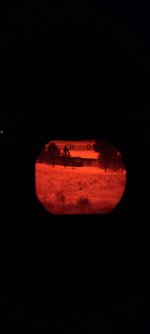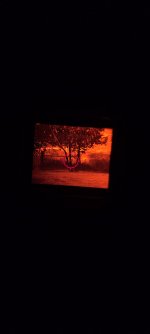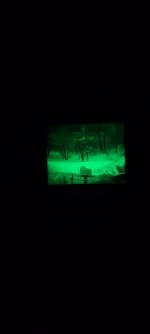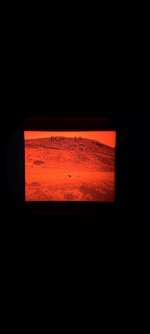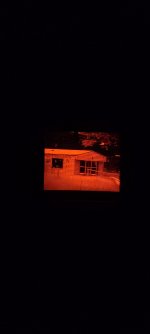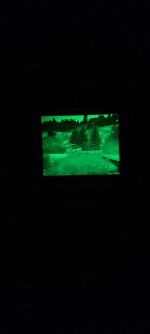for true RTZ the answer is don’t remove your scope/device, but for something like a clipon you have to remove and re-attach, it is the nature of the beast.
No, for several military clip-ons in current service that’s not the nature of the beast. Their colimation is achieved by a prism which maintains a consistent POA regardless of reasonable amounts of misalignment error from the mount, debris, etc. In the case of an imperfectly collimated prism, the shift is at least consistent.
One other thought, even with a fixed mount, you drop that on a rock/concrete, whack it against a tree, etc? Do you have complete faith your system did not shift and now your POA and POI do not match?
Sure, that’s definitely possible, but we don’t add extra failure points unnecessarily, or at least without admitting them and being aware of them.
Yes, real world scenarios often introduce situations that go beyond tolerance levels of the manufacturer, but for any of us who’ve been in the military we know we have to adjust and adapt with the equipment given.
In the military, yes, but this isn’t “the equipment given” for anyone here.
The reason I care:
1. For some of us, this type of equipment is for real life and death situations. Reliability/trustworthiness is absolutely paramount. That doesn’t necessarily mean we couldn’t be happy with a unit that relies on the RTZ ability of the mount. What it DOES mean, is we want to be fully informed of that potential issue before we buy or use the device. That allows us to adjust our SOPs, expectations, and even our tactics if necessary.
2. Unless you’re filthy rich, spending 10k plus based on careful internet research, only to be disappointed because of false information is a pretty big bummer. I’ve been there. For a while, people thought you could dial your standard DOPE while the Tig was on 2x 4x etc. and still make the hit. Hopefully nobody bought based on that expectation because it turned out to not be correct.
Is the Tig bad ass? Yes, I think so. Is it an EXCELLENT option for lots of users? Yes, I think so.
Just don’t confuse people with the idea that it’s something it isn’t. It’s an excellent clip-on that is as consistent as its RTZ mount plus any debris related variables. It’s almost undoubtedly the best of the “zero the screen” clip-ons.
It’s NOT collimated in the sense of all our current military clip-ons, which (within reason) don’t care if there’s some grit, mechanical error, etc.
For coyotes and hogs it makes little difference. If lives are on the line, it makes a big enough difference that our military (and most others) choose only prism collimated clip-ons.
I’ll probably end up with a Tig in the stable, but let’s not mislead guys who are dropping 10k about what they are getting.
It only takes one counter-example to prove the negatif case. It requires exactly an infinite number to prove (absolutely) the positive case.


